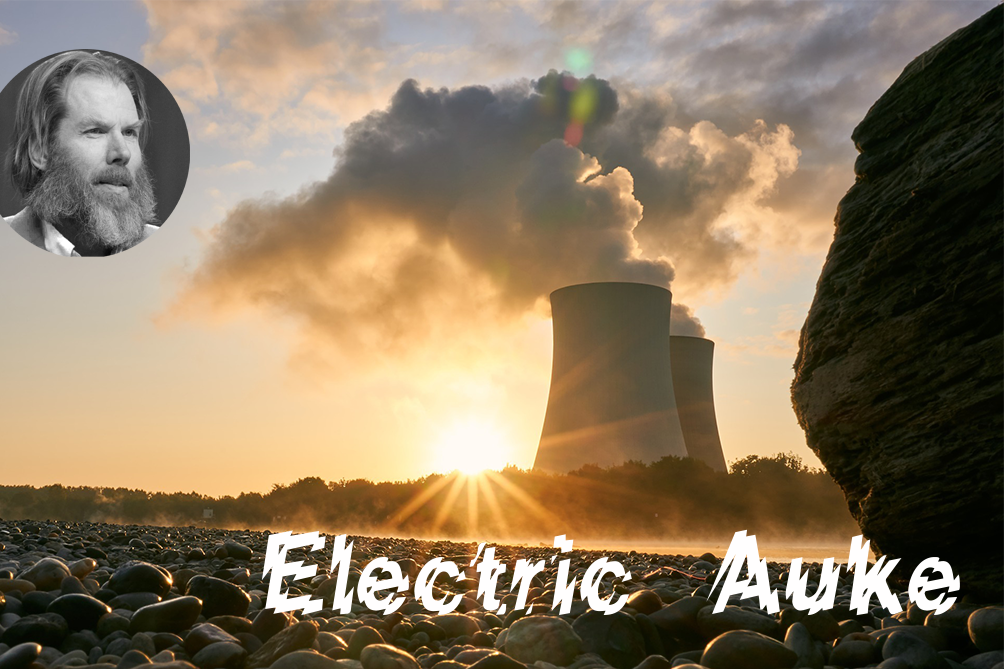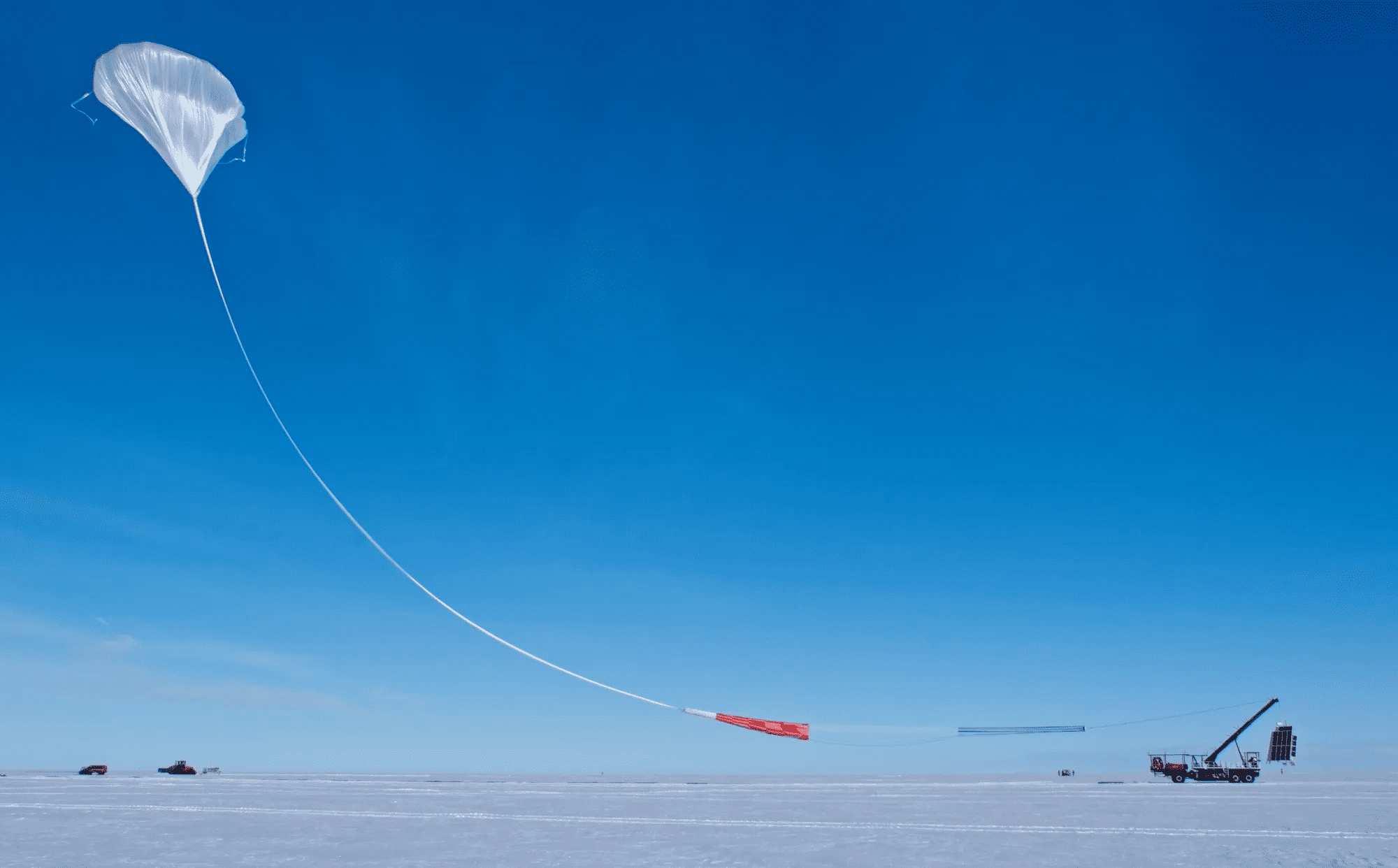
“We have been proclaiming all kinds of things about particulate matter for years, but in all actuality, we know very little about it,” Auke starts out. According to Auke, we basicaly don’t know yet just how harmful these emissions are. And that surprises him.
“When I started delving into this, I just started counting grams like most people do. To put it bluntly: the more grams, the worse the particulate matter. That’s more or less the idea at the moment. Apart from exhaust fumes, metal brake shavings and rubber residue worn from tires, a car also creates blowback of dust on the road. Like sand that blows up behind a car in a road movie. Very small particles of sand or dust are also swept along as particulate matter. The composition of particulate matter depends on where it is measured. You can imagine that particulate matter near a steel factory has a different composition than in a nature reserve, where it also occurs.”
Would you like to know more about particulate matter? Read on here.
Auke takes a bite out of a good-sized energy bar “Sorry, I need a bit of sugar.” and then wonders aloud, “But how harmful are all these different substances? We might say that sand is not that harmful. Thousands of years ago, when people were still moving around in large groups, we were already ingesting it, so you’d expect that we’d have gotten used to it by now. But we don’t know that for sure. You can imagine that small particles of rubber are harmful. I remember when heavy metals were phased out of gasoline, and people initially said that this was not harmful to our health. Nobody says that anymore either.”
Which particulate matter is harmful and which isn’t?
Auke misses a mathematical formula that indicates how bad certain particulate matter is. “One that mere mortals, not toxicologists, can also use. Something that indicates that this particulate matter is really bad and those other particles are not as bad. I’ve been trying to get a graduate student to research this too. But even the experts don’t know the specifics. We have no idea.” Shaking his head, Auke repeats those last words.
Particulate matter is a collective term for tiny particles that float in the air. Man-made particles are the most common. They are released during the burning of fossil fuels in power plants, and in engines of cars, ships and planes. The chemical industry and metal factories also emit particulate matter. About 75 percent of all these particles in the air stem from human activity. Nature itself also produces particulate matter. These tiny particles are released whenever there is a forest fire. In addition, Saharan sand, soil dust, volcanic ash and even sea salt can become so minute that they turn into particulate matter.
Size says nothing about the composition of the particles
In fact, all particles in the atmosphere less than 10 micrometers in diameter are classified as particulate matter, these are known as PM10. We also look at PM2.5, i.e. particles with a diameter smaller than 2.5 micrometers. And we measure particles smaller than 1 micrometer, i.e. PM1. By comparison, a human hair has a diameter ranging from 50 to 70 micrometers. So, according to Auke, although we look at the size of particulate matter, we then fail to look at how these particles are made up. “We filter particles out of the atmosphere according to size in special trays along the roads. This tells us that there are so many grams of PM10 or PM2.5 in the air in a specific area. Yet it doesn’t tell us what substances those particles are made up of.”
“We do know that 1 gram of PM1 is really far worse than 1 gram of PM10. If only because there are 1000 times more PM1 particles in a gram. Those smaller particles go deeper into your lungs, stay in the air much longer and travel much further. So, that really is a problem. But at the same time, it’s not at all clear what those small particles are made up of. That is precisely what you would want to know.”
Measuring the composition of particulate matter from space
Auke shrugs his shoulders: “Isn’t it a bit odd that we don’t know that? Suppose you want to know how people get a certain type of asthma and you take all these trays of particulate matter – so many grams of PM10, so many grams of PM2.5 and so many grams of PM1 – to an expert. They will ask you what is in those trays. But you don’t have a clue. You have all the different particles jumbled up according to size. There’s nothing an expert can do with any of that, is there?”
Auke makes a sort of dismissive gesture. As if to say, ‘enough complaining’. Because Nasa is working on a solution. Next year, the space agency will send a new satellite into orbit for three years to find out what the composition of particulate matter is made up of. The MAIA (Multi-Angle Imager for Aerosols) satellite measures PM2.5 particles by how light is reflected. Based on fourteen light wavelengths from ultraviolet to infrared, scientists can estimate what kinds of substances the particles are composed of. “I think it’s a stroke of genius that a satellite like this is finally going to provide better insight into this. Soon, we will finally know more accurately what particulate matter is made up of and how that differs per location. By linking this data to health data, toxicologists may at long last be able to find an answer to the question of which particles in particulate matter are damaging to health.”
Learning new things
According to Auke, this satellite will also provide more of an overview than what there currently is. “You could put trays everywhere on a street and have a lab check them. Then you would know what makes up particulate matter. That’s more difficult if you were to do this for a neighborhood, let alone an entire city. This satellite does offer such an overview and can also map out the differences per neighborhood, city or another area. This will help researchers in their research; they can use it to find connections that they have not yet been aware of. Perhaps we will find out that a certain type of rubber causes health problems, then we won’t have to use it anymore. You never know. With the data from this satellite, we can conduct much more targeted research and we’re going to learn things that we currently don’t know about yet.”
Read the previous columns in this series here.





